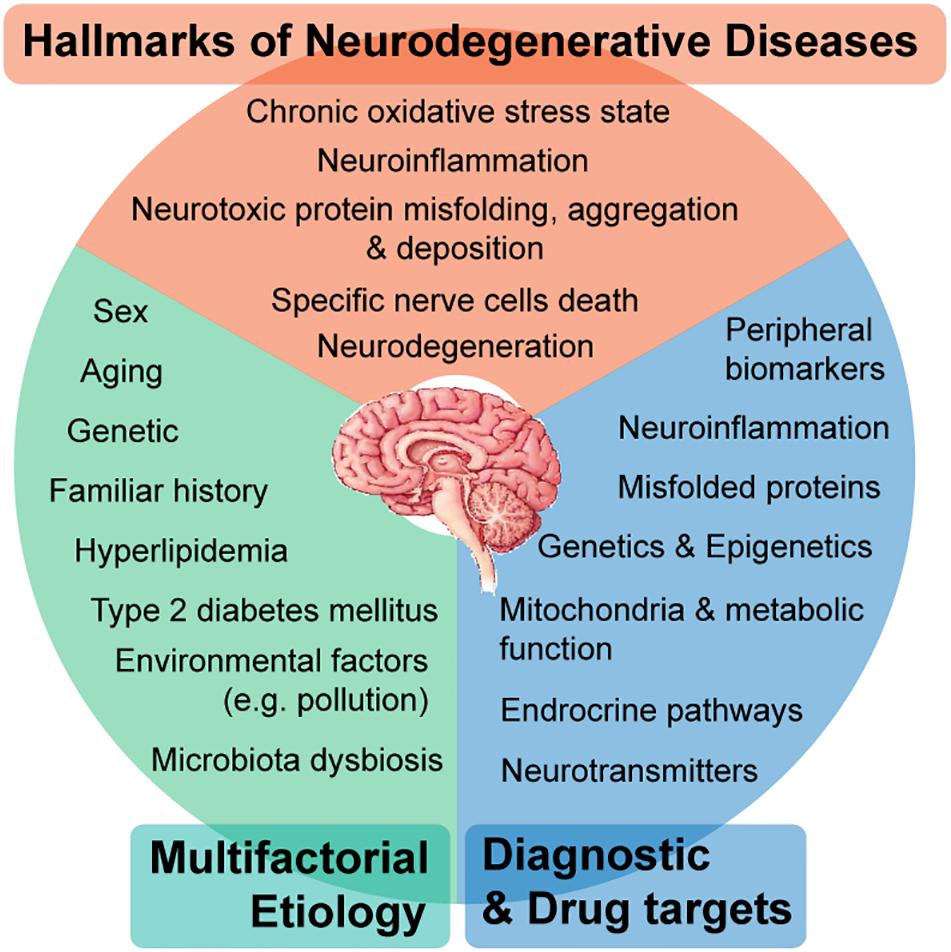Similar diseases to ms. 16 Conditions That May Be Mistaken for Multiple Sclerosis
What are the conditions that may be mistaken for multiple sclerosis? What are the similarities and differences between these conditions and MS? How can doctors differentiate between these conditions and make an accurate diagnosis of MS?
Challenges in Diagnosing Multiple Sclerosis
Accurately diagnosing multiple sclerosis (MS) can be a significant challenge. A study published in 2019 found that nearly 1 in 5 people with other neurological conditions are mistakenly diagnosed with MS. This is largely due to the fact that there is no single definitive test for MS, and the symptoms can resemble those of various other conditions.
To diagnose MS, doctors must consider a person’s medical history, perform a neurological exam, and analyze the results of magnetic resonance imaging (MRI) scans and sometimes a spinal tap. Even then, it may be necessary to observe the patient and their imaging over time to determine whether they have MS or another condition.
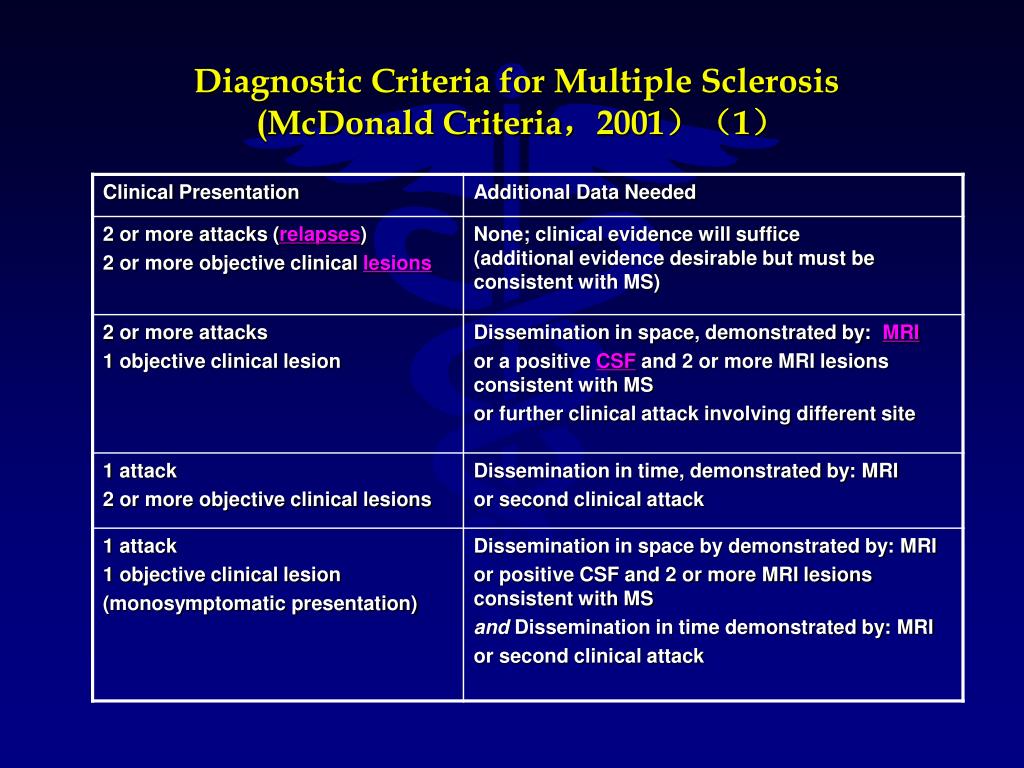
Diseases More Likely to Be Misdiagnosed as MS
Several diseases have symptoms that can be easily confused with multiple sclerosis, leading to potential misdiagnosis. Some of the conditions more likely to be mistaken for MS include:
Fibromyalgia
Fibromyalgia and MS share some similar symptoms, such as headaches, joint and muscle pain, numbness and tingling, memory problems, and fatigue. However, fibromyalgia would not be expected to cause the brain or spinal lesions seen in MS patients on MRI scans.
Neuromyelitis Optica Spectrum Disorder (NMOSD)
NMOSD is an inflammatory disease that, like MS, attacks the protective myelin sheath of the nerve fibers in the optic nerves and spinal cord. However, NMOSD usually spares the brain in its early stages, and the treatments for MS are ineffective for and can even worsen NMOSD, so an accurate diagnosis is crucial.
Small Vessel Ischemic Disease
Small vessel ischemic disease is a condition caused by hardening of the small arteries, leading to brain injury. The changes it causes on MRI scans can resemble the lesions seen in MS patients, potentially leading to a misdiagnosis.

Sarcoidosis
Sarcoidosis is an inflammatory autoimmune disease that primarily affects the lungs, lymph nodes, and skin, but can also cause inflammatory changes in the brain and spinal cord that may be mistaken for MS.
Vitamin B12 Deficiency or Copper Deficiency
A deficiency in vitamin B12 or copper can also cause symptoms similar to MS, including fatigue, mental confusion, and numbness.
Importance of Accurate Diagnosis
Misdiagnosis of MS is a significant issue that has been recognized for decades. Even with the refinement of diagnostic criteria and the availability of advanced technologies like MRI, it remains a problem, with a significant number of people being misdiagnosed.
An accurate diagnosis is crucial, as the treatments for MS are often ineffective or even detrimental for other conditions. Proper identification of the underlying condition is essential for ensuring that the patient receives the appropriate treatment and management.
Role of Diagnostic Tests
To accurately diagnose MS, doctors must rule out a variety of other possible causes for the patient’s symptoms. While MRI scans can be helpful in identifying brain and spinal lesions, they are not a definitive diagnostic tool. Additional tests, such as a spinal tap, may be necessary to confirm the diagnosis.

Even with a comprehensive evaluation, there are cases where it may be necessary to observe the patient and their imaging over time to make a more definitive determination of whether they have MS or another condition.
Conclusion
Diagnosing multiple sclerosis can be a complex and challenging process, as the symptoms of MS can be easily confused with those of various other neurological and autoimmune conditions. Accurate diagnosis is crucial, as misdiagnosis can lead to inappropriate treatment and management. By understanding the common conditions that may be mistaken for MS and the role of diagnostic tests, healthcare providers can work to improve the accuracy of MS diagnoses and ensure that patients receive the appropriate care.
16 Conditions That May Be Mistaken for Multiple Sclerosis
Getting a correct diagnosis of multiple sclerosis (MS) can be a challenge. In fact, a study published in May 2019 in the journal Multiple Sclerosis and Related Disorders suggested that nearly 1 in 5 people with other neurologic conditions are mistakenly diagnosed with MS.
These errors in diagnosis likely result from the fact that there is no single test that can determine an MS diagnosis conclusively. Also, not everyone has all of the common symptoms of MS, such as numbness, tingling, pain, fatigue, and heat sensitivity. And to complicate matters, the symptoms you do have may resemble those of some other conditions.
To figure out what’s causing possible MS symptoms, doctors look at your medical history, the results of a neurological exam, and a magnetic resonance imaging (MRI) scan — and sometimes do a spinal tap (also called a lumbar puncture). To accurately diagnose MS, many other possible causes must be considered and excluded.
There are situations when it’s fairly clear that someone does — or doesn’t — have MS, says Devon Conway, MD, a neurologist at the Mellen MS Center in Cleveland. “Then sometimes there are cases where it’s a little more ambiguous; we are considering the possibility of MS but haven’t come to a definitive decision yet. Sometimes it’s necessary to observe the patient and their imaging to try to make a more definitive decision on whether they have MS or not,” says Dr. Conway.
“Misdiagnosis in MS has been an issue that’s been talked about for 40 years,” adds Jeffrey Cohen, MD, director of experimental therapeutics at the Mellen MS Center of the Cleveland Clinic in Ohio. “And even with refinement of diagnostic criteria and the availability of technologies like MRI, it’s still a problem. There are a significant number of people getting misdiagnosed with MS in part because there’s no single test for it, like a blood test.”
Conway agrees, saying, “It’s fairly common to have a misdiagnosis of MS; there’s been a fair amount of research about the need to sometimes ‘undiagnose’ patients. ”
”
There are several conditions that may be misdiagnosed as MS, some being more likely than others.
Diseases More Likely to Be Misdiagnosed as MS
Similar symptoms may lead to confusion between MS and these diseases, although in most cases, an MRI scan of the brain can rule out MS as the diagnosis — but not always.
1. Fibromyalgia
Fibromyalgia and MS have some similar symptoms, including headaches, joint and muscle pain, numbness and tingling of extremities, memory problems, and fatigue. Like MS, fibromyalgia is more common in women than in men. But, says Conway, fibromyalgia wouldn’t be expected to cause the types of brain or spinal lesions seen on an MRI scan of a person with MS — but sometimes people with fibromyalgia have abnormal MRI results for other reasons.
2. Neuromyelitis Optica Spectrum Disorder (NMOSD)
NMOSD is an inflammatory disease that, like multiple sclerosis, attacks the myelin sheaths — the protective covering of the nerve fibers — of the optic nerves and spinal cord, says Conway. But unlike MS, it usually spares the brain in its early stages.
But unlike MS, it usually spares the brain in its early stages.
Symptoms of NMOSD can be similar to MS but can also include sudden vision loss or pain in one or both eyes, numbness or loss of sensation in the arms and legs, difficulty controlling the bladder and bowels, and uncontrollable vomiting and hiccups, according to Oregon Health and Sciences University.
Treatments for MS are ineffective for and can even worsen NMOSD, so getting an accurate diagnosis is extremely important. A blood test known as the NMO IgG antibody test can help to differentiate between MS and NMOSD.
3.
Small Vessel Ischemic Disease
Small vessel ischemic disease is a “cousin” of stroke, says Conway. “It’s basically injury that occurs to areas of the brain because of hardenings of the small arteries,” he says.
Also called cerebral small vessel disease, this condition can cause disability, abnormal gait, urinary incontinence, and cognitive decline. “On an MRI, the changes that small vessel ischemic disease causes can look like spots that could be mistaken for MS spots,” says Conway.
4. Sarcoidosis
Sarcoidosis is another inflammatory autoimmune disease that shares some symptoms with MS, including fatigue and decreased vision. But sarcoidosis most commonly affects the lungs, lymph nodes, and skin, causing a cough or wheezing, swollen lymph nodes, and lumps, sores, or areas of discoloration on the skin.
“Although this condition primarily affects the lungs, it can sometimes cause inflammatory changes in the brain and spinal cord which can be mistaken for MS,” says Conway.
5. Vitamin B12 deficiency or Copper Deficiency
A vitamin B12 deficiency can cause MS-like symptoms, says Conway. These symptoms can include fatigue, mental confusion, and numbness and tingling in the hands and feet. That’s because vitamin B12 plays a role in the metabolism of fatty acids needed to maintain the myelin sheath. Vitamin B12 deficiency can be identified with a simple blood test.
A deficiency of the mineral copper can also cause symptoms similar to those of a vitamin B12 deficiency.
Diseases Somewhat Likely to Be Misdiagnosed as MS
While overlapping symptoms may lead doctors to think the following diseases might be MS, they are generally less likely to be misdiagnosed as MS than those listed above.
6. Migraine
Migraine is a neurological disease that can cause intense, throbbing headaches; sensitivity to light, sounds, or smells; nausea and vomiting; blurred vision; and light-headedness and fainting.
In the study published in Multiple Sclerosis and Related Disorders in May 2019, researchers from Cedars-Sinai Medical Center and the University of California in Los Angeles (UCLA) found that migraine was the most common correct diagnosis in study subjects who had been misdiagnosed with MS, occurring in 16 percent of the group.
That said, headaches — and headaches caused by migraine in particular — can be the first manifestation of MS, according to a study published in December 2017 in Brain and Behavior.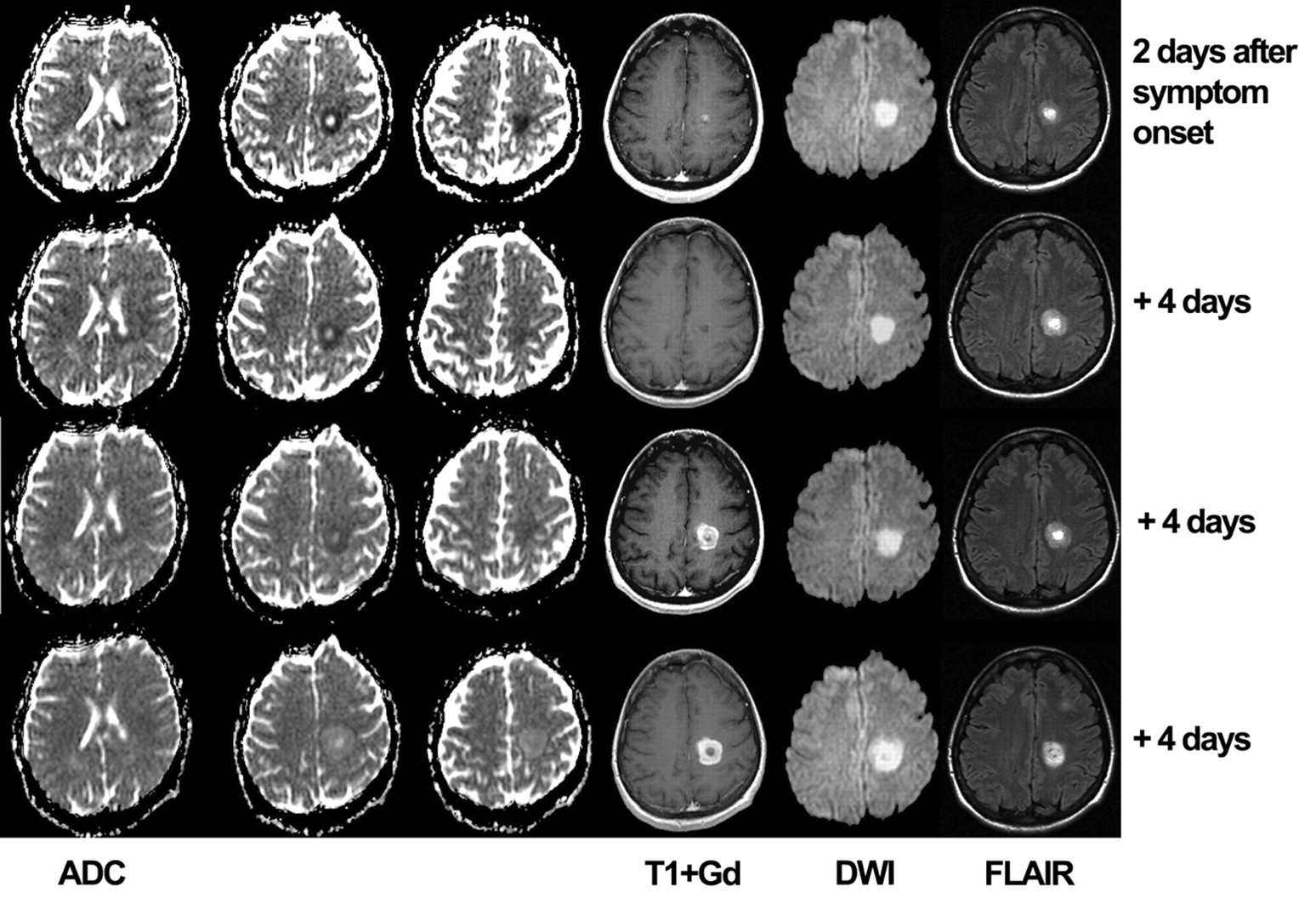
Migraine can also be difficult to diagnose, and doctors use some of the same tools to diagnose migraine as they do for MS, including taking a medical history and performing a thorough neurological examination.
An MRI can help distinguish between the two diseases, but not always, says Conway. “Both MS and migraine patients can have white matter changes on their MRI, although we can usually, but not always, distinguish between these,” he says.
RELATED: MS and Migraine: What’s the Connection?
7. Spondylopathies
Spondylopathies are a collection of disorders of the vertebrae that usually involve inflammation, such as ankylosing spondylitis. “These conditions are basically degenerative changes in the back and sometimes exert pressure on the spinal cord,” says Conway.
Although spondylopathies may cause symptoms such as joint pain and fatigue that are similar to MS, the MRI images are usually not really consistent with MS, so that’s how we often make the distinction, he says.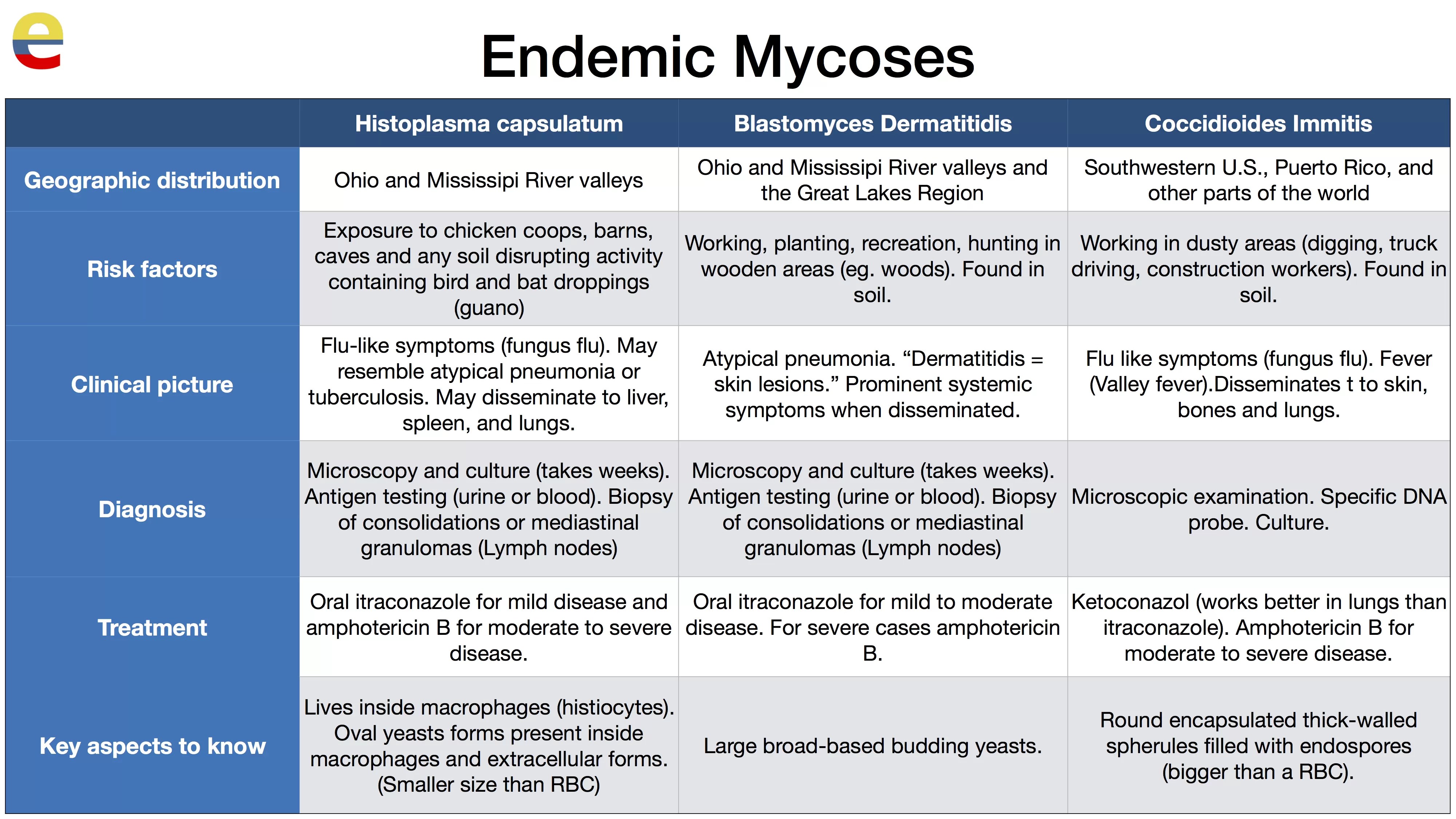
In the Cedars-Sinai-UCLA research reported in May 2019, as many as 7 percent of MS misdiagnoses were really spondylopathies
8. Conversion and Psychogenic Disorders
Conversion and psychogenic disorders are conditions in which psychological stress is converted into a physical problem — such as blindness or paralysis — for which no medical cause can be found. In a study published in September 2016 in the journal Neurology, 11 percent of subjects definitely or probably misdiagnosed with MS actually had a conversion or psychogenic disorder.
Although this misdiagnosis can be made, generally these disorders don’t have MRI changes associated with them, so that would argue against MS, says Conway. “Some of these patients might have incidental MRI changes that are not really consistent with MS, but they have the spots and they have the symptoms, and so they can get misdiagnosed.”
9. Vasculitis
Vasculitis is an inflammation of the blood vessels that, depending on the type of vasculitis, can cause symptoms often seen in MS, such as fatigue; headache; numbness, tingling, and weakness in the hands and feet; and double vision.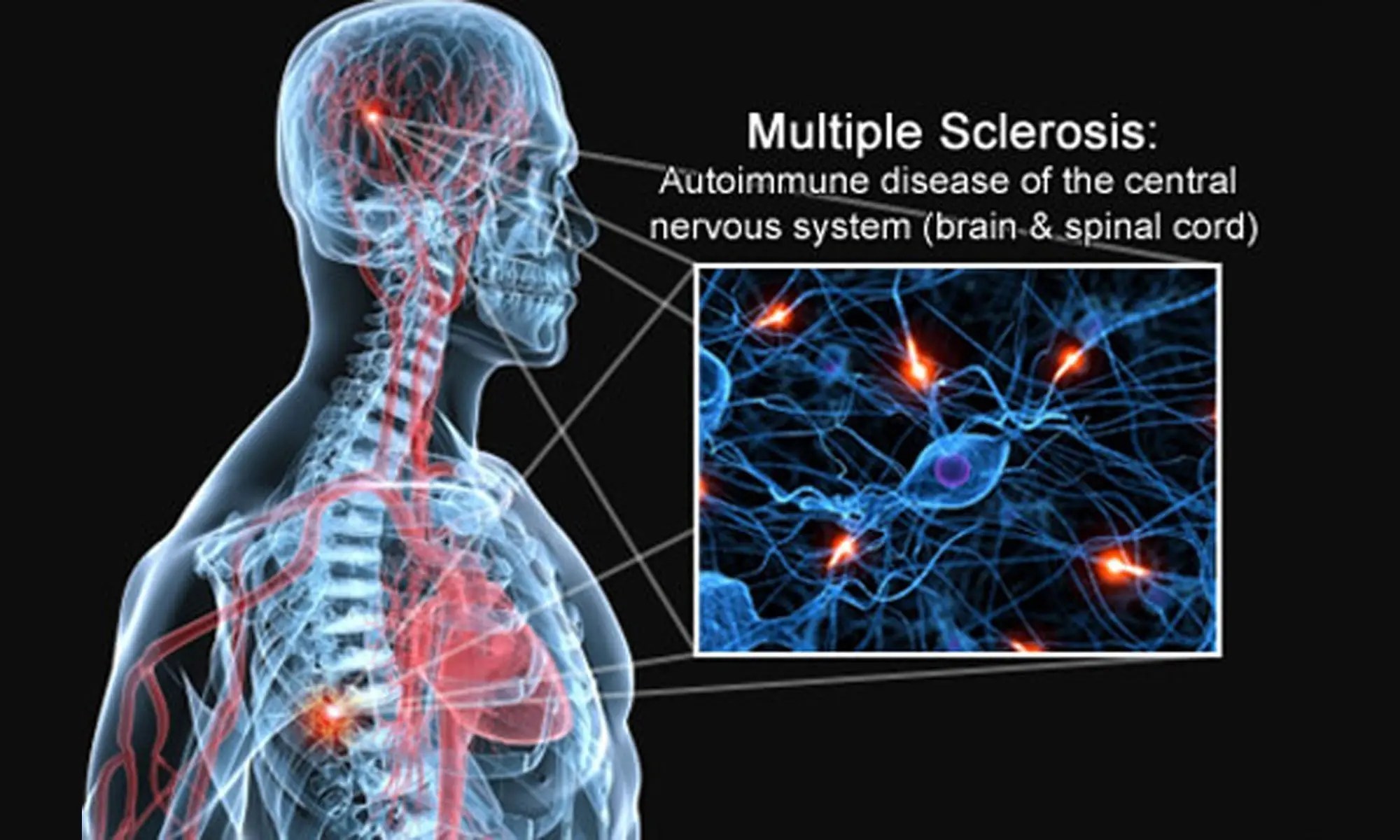
However, other symptoms of vasculitis, such as fever, stomach pain after eating, swelling or hardening of the palms of the hands and soles of the feet, and bleeding under the skin, would not be characteristic of MS.
Vasculitis affecting the skin or bodily organs, like the kidneys, can be diagnosed by examining samples of tissue collected from that area. Some types of vasculitis can also be diagnosed via X-rays or blood tests.
Vasculitis is a rare condition, which makes misdiagnosing it as MS less likely, says Conway. “The changes on the MRIs of people with vasculitis are different from the changes we would see in MS. We can usually distinguish between the two,” he says.
10. Acute Disseminated Encephalomyelitis (ADEM)
ADEM is a severe inflammatory attack affecting the brain and spinal cord. Symptoms include fever, fatigue, headache, nausea, vomiting, vision loss, and difficulty walking. A very rare condition, ADEM typically comes on rapidly, often after a viral or bacterial infection.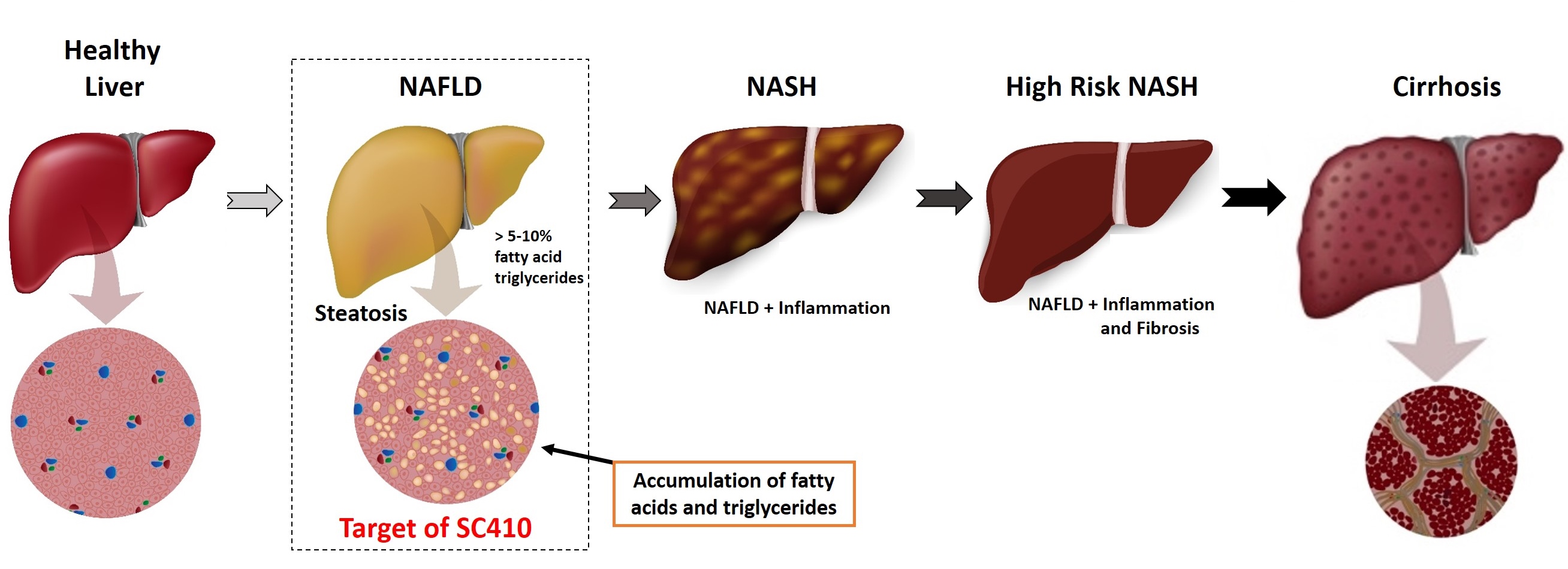
ADEM can appear very similar to MS, but ADEM is most commonly a disease of childhood and usually fairly easily distinguishable for MS at presentation, says Conway.
Diseases Less Likely to Be Misdiagnosed as MS
While these diseases may have some symptoms that are similar to those of MS, they also have enough characteristics that are different from MS that misdiagnosing one for the other should happen only rarely.
11. Lyme Disease
Lyme disease is a bacterial infection transmitted through a tick bite. Early symptoms include fatigue, fever, headaches, and muscle and joint aches. Later symptoms can include numbness and tingling in the hands and feet, as well as cognitive problems, such as short-term memory loss and speech issues. If you live in an area that’s known to have Lyme disease or have recently traveled to one, your doctor will want to rule out the possibility.
12. Neuropathy
In the Cedars-Sinai-UCLA study, neuropathy, or nerve damage, was the correct diagnosis for 7 percent of those misdiagnosed with MS.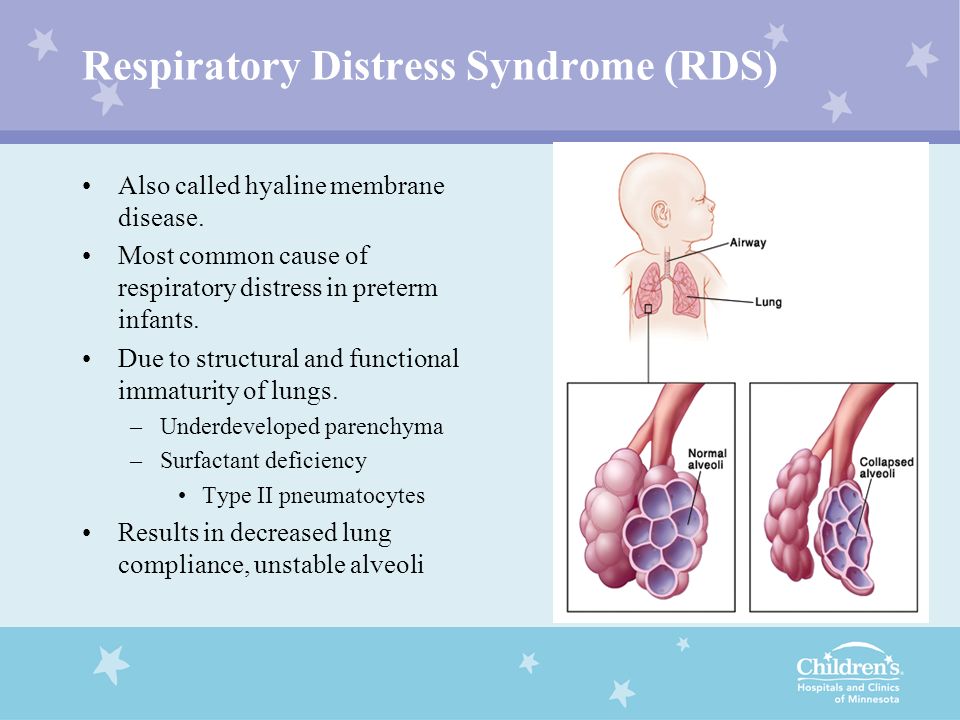
Both MS and neuropathy involve nerve damage, but whereas MS impacts the central nervous system (CNS), neuropathy usually refers to peripheral neuropathy, or damage to the nervous system outside the brain and spinal cord (which make up the CNS). Peripheral nerves connect the brain and spinal cord to the rest of the body.
Peripheral neuropathy is particularly common in people with diabetes, because high blood glucose levels damage the peripheral nerves.
People with neuropathy may experience loss of coordination, muscle weakness, or difficulty walking or moving their arms or legs, similar to people with MS. However, there are several kinds of neuropathy — sensory, motor, and autonomic — each with their own set of symptoms, and it’s usually fairly easy for a neurologist to distinguish between those two, says Conway. “Although they can produce similar symptoms, the clinical picture is usually a lot different.”
13. Lupus
Lupus is a chronic autoimmune disorder that, like MS, affects more women than men. It can cause muscle pain, joint swelling, fatigue, and headaches. The hallmark symptom of lupus is a butterfly-shaped rash covering the cheeks and bridge of the nose, but only about half of people with lupus develop this rash. There is no single diagnostic test for lupus, and because its symptoms are similar to those of many other conditions, it is sometimes called “the great imitator.”
It can cause muscle pain, joint swelling, fatigue, and headaches. The hallmark symptom of lupus is a butterfly-shaped rash covering the cheeks and bridge of the nose, but only about half of people with lupus develop this rash. There is no single diagnostic test for lupus, and because its symptoms are similar to those of many other conditions, it is sometimes called “the great imitator.”
Rheumatologists (physicians specializing in diseases of the muscles and joints) typically diagnose lupus based on a number of laboratory tests and the number of symptoms characteristic of lupus that a person has.
“Although lupus can affect the nervous system, it’s rare. The changes that we would see in an MRI are usually a little different than what we would see with MS,” says Conway.
14. Stroke
A stroke occurs when a portion of the brain stops receiving a steady supply of blood, and consequently doesn’t get the oxygen and nutrients it needs to survive. Symptoms of a stroke generally evolve rapidly and include loss of vision; loss of feeling in the limbs, usually on one side of the body; difficulty walking; and difficulty speaking. All of these signs can also occur as part of an MS flare, or exacerbation, but there’s a crucial difference.
All of these signs can also occur as part of an MS flare, or exacerbation, but there’s a crucial difference.
“The presentation of stroke tends to be very different, because it’s very acute in its onset, and MS is usually a slower process,” says Conway.
The age of the person experiencing the symptoms can also help to pin down the correct diagnosis. While MS can occur at any age, the likelihood of having a stroke goes up with age, while the likelihood of developing MS goes down.
A stroke requires immediate attention; if you think you’re experiencing a stroke, call 911.
15. Sjogren’s Syndrome
In the autoimmune disorder Sjogren’s syndrome, the glands that produce tears and saliva are mistakenly attacked by the immune system, which in turn causes the hallmark symptoms of dry eyes and mouth.
The condition does have shared symptoms with MS, including fatigue and musculoskeletal pain, and, like MS, it is more commonly found in women than in men, says Cohen.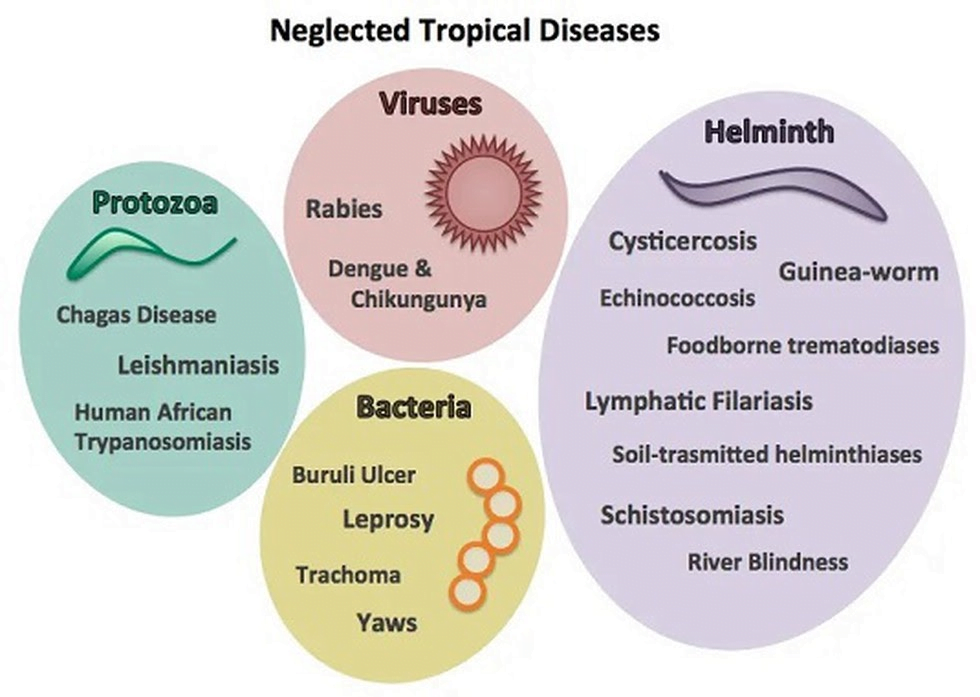
However, this misdiagnosis is unlikely because Sjogren’s is a fairly rare condition, and it would only be a subset of patients whose Sjogren’s would mimic MS, says Conway.
16. Myasthenia Gravis
Myasthenia gravis is a chronic autoimmune disease that causes muscle weakness that typically comes and goes but tends to progress over time. The weakness is caused by a defect in the transmission of nerve impulses to muscles.
In many people, the first signs of myasthenia gravis are drooping eyelids and double vision. Like MS, it can also cause difficulty with walking, speaking, chewing, and swallowing. If a doctor suspects you have myasthenia gravis, a number of tests can help to confirm or rule out the diagnosis.
How a person responds to certain medicines can also aid in the diagnosis. If an anticholinesterase medicine dramatically improves muscle weakness for a brief period, it confirms a diagnosis of myasthenia gravis.
“Myasthenia gravis a disease of the peripheral nervous system,” says Conway. “It’s fairly rare that this condition would be mistaken for MS,” because “patients who have it would present differently in a physical exam.”
“It’s fairly rare that this condition would be mistaken for MS,” because “patients who have it would present differently in a physical exam.”
Additional reporting by Beth W. Orenstein and Brian P. Dunleavy.
With MS, It’s Easy to Get Overwhelmed
Multitasking, or even a long to-do list, is a thing of the past when you have MS.
By Trevis Gleason
How to Avoid Imploding When You Have MS
When external pressures build, it’s important to be able to push back with a strong internal sense of self.
By Trevis Gleason
Eye Complications Associated With Multiple Sclerosis
Vision problems are common among people with multiple sclerosis. Learn more about conditions like optic neuritis, nystagmus, and diplopia.
By Ingrid Strauch
6 Hand Exercises for Multiple Sclerosis
These simple hand exercises for MS can help you stretch and strengthen your hands to improve range of motion, grip, and pinch.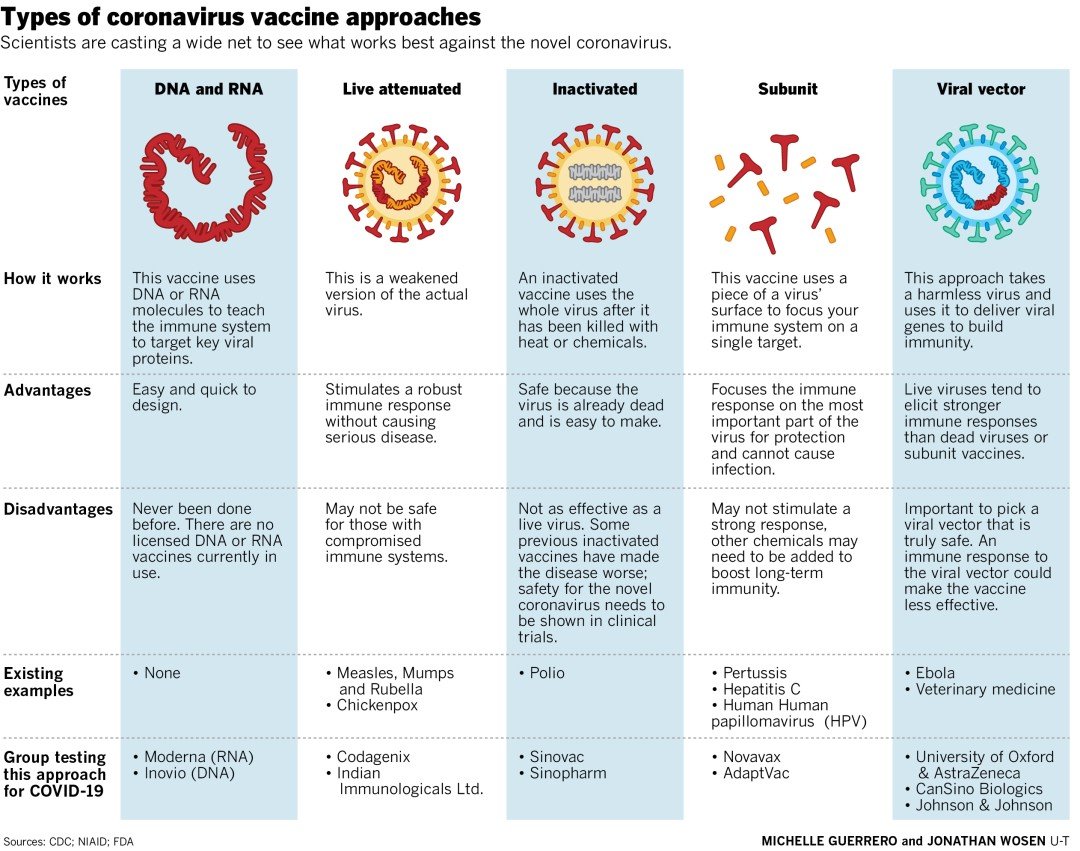
By Beth W. Orenstein
The Value of Taking a Tactical Retreat
Having some time to disengage with the struggles of MS is invaluable for our mental health.
By Trevis Gleason
Conditions That Can Seem Like MS
Written by Alexandra Benisek
- Epstein-Barr Virus
- Vitamin B12 Deficiency
- Diabetes
- Nerve Damage
- Eye Problems
- Stroke
- Lupus and Other Autoimmune Diseases
- Parkinson’s Disease
- Lyme Disease
- Myasthenia Gravis
- ALS
- Guillain-Barre Syndrome
- ADEM
- More
Multiple sclerosis (MS) is a long-lasting disease that affects the nerves in your brain and spinal cord. It’s often hard to diagnose because symptoms vary so much from person to person. They can be mild or serious. They may come and go, or they may get worse over time.
Also, many other conditions have symptoms similar to those of MS. They include:
- Fatigue
- Weakness
- Numbness
- Vision problems
- Trouble walking
Your doctor will need to rule out these other conditions before diagnosing you with MS.
One condition that can also cause long-lasting fatigue is the Epstein-Barr virus (EBV). It’s a common type of herpes virus usually spread through body fluids, like spit. It’s probably best known for causing mononucleosis, or “mono.” Most people will get Epstein-Barr sometime during their lives.
Along with fatigue, EBV symptoms include:
- Head and body aches
- Fever
- Sore throat
- Swollen spleen or liver
- Inflamed lymph nodes in your neck
- Rash
EBV often infects children, who usually have mild or no symptoms. Teenagers and adults may show more clear signs of EBV. Most symptoms tend to clear up in 2-4 weeks, but the fatigue may last for many weeks or months. Once you have this virus, it stays in your body. It can reactivate, and it may or may not cause symptoms.
Once you have this virus, it stays in your body. It can reactivate, and it may or may not cause symptoms.
If you don’t get enough vitamin B12, you might end up with symptoms that look like those of MS.
Vitamin B12 helps your body make red blood cells, DNA, and nerves, among other things. Your body doesn’t make this vitamin naturally. You get it through animal foods (like meat, poultry, eggs, and dairy), foods with B12 added to them, or supplements.
Most adults need 2.4 micrograms of B12 each day. But some people either don’t take in this much, or their bodies don’t absorb enough. If you have a B12 deficiency, you could:
- Feel tingling or numbness in your hands, legs, or feet
- Get very tired and weak
- Have a hard time walking
- Have trouble thinking
- Get a swollen tongue
- Become anemic
The symptoms can come on quickly or gradually.
When you have diabetes, you have too much sugar in your blood. This can lead to serious health issues. With this condition, you may:
With this condition, you may:
- Be very tired or cranky
- Feel hungrier and thirstier
- Pee more
- Lose weight for no reason
- Have blurred vision, slow-healing wounds, or repeated infections
Diabetes can also damage your nerves, a condition called diabetic neuropathy. This can cause numbness, tingling, or pain in your feet and legs. You might also have issues with your urinary tract, heart, digestive system, or blood vessels.
Like MS, diabetes may also lead to vision problems. They result from damage to blood vessels in your eyes. This condition is called diabetic retinopathy.
Type 1 diabetes usually starts when you’re a child or in your teens. Type 2 diabetes is more common in people over 40.
Other things can also cause neuropathy (nerve damage). It can affect you at any age, but people over 65 are more at risk. Along with diabetes and MS, the causes include:
- Injuries
- Immune system disorders like lupus and rheumatoid arthritis
- Infections
- Certain medications (such as chemotherapy) or toxic substances like lead
- Disorders of your circulation (vascular) system
- Alcoholism
- Kidney or liver conditions
Symptoms of neuropathy vary, depending on where in your body the damaged nerves are. Some of the most common symptoms are:
Some of the most common symptoms are:
- Tingling
- Numbness
- Muscle weakness
- Pain
- Loss of balance
- Muscle twitches
- Not being able to move a part of your body
- Sweating too much or too little
- Weight loss
- Sexual problems
- Bladder or bowel problems
Many eye issues can cause blurred vision or vision loss, which are also symptoms of MS. Some of the most common ones are:
- Refractive issues (near- and farsightedness)
- Age-related macular degeneration
- Diabetic eye damage
- Amblyopia, or “lazy eye”
- Cataracts
- Glaucoma
Your symptoms will depend on what eye condition you have. But they might include having a hard time reading or driving, trouble seeing at night, or cloudy-looking eyes.
You have a stroke when one of the blood vessels that carries nutrients and oxygen to your brain gets blocked or ruptures. This kills some of your brain cells. In serious cases, strokes can leave you disabled or lead to death.
In serious cases, strokes can leave you disabled or lead to death.
Symptoms of stroke include:
- Weakness or numbness (especially on just one side of your body)
- Trouble walking
- Confusion
- Problems with speaking or understanding
- Vision trouble
- Dizziness
- An intense headache for no reason
Stroke symptoms happen very suddenly. Get medical help at once if you have them.
Anyone can have a stroke. But they’re more likely in people over 55 and those with other health problems like high blood pressure, diabetes, and heart disease.
Several autoimmune diseases have symptoms that mimic those of MS. An autoimmune disease is one in which your immune system attacks your body’s tissues and organs.
One of the more common autoimmune conditions is lupus. It causes inflammation that affects your skin, joints, brain, kidneys, heart, blood cells, and lungs. In some cases, you get a rash across both cheeks.
Symptoms of lupus include:
- Extreme fatigue
- Fever
- Joint inflammation or pain
- Fingers or toes that turn white or blue at low temperatures
- Chest pain
- Dry eyes
- Shortness of breath
- Headaches
- Memory loss and confusion
Women are more likely to get lupus. It’s usually diagnosed when you’re 15-45 years old.
It’s usually diagnosed when you’re 15-45 years old.
This nervous system disorder affects your movement. Symptoms start gradually and get worse over time. They differ from person to person but may include:
- Trouble walking
- Trembling
- Slowed movement
- Muscle stiffness
- Problems with posture and balance
- Changes in speech and writing
Symptoms usually begin on one side of your body and affect that side more intensely, even when you have symptoms on both sides.
Most people who get Parkinson’s are 60 or older. It’s more common in men.
You get this disease through a bite from a deer tick, so it usually happens after you’ve spent time in or near the woods. If not treated, Lyme disease can affect your heart, joints, and nervous system.
Common symptoms include:
- Fatigue
- Numbness or tingling in your arms, legs, hands, or feet
- Headache
- Fever
- Skin rash in the area of the tick bite
This immune system disorder causes a breakdown in communication between your muscles and nerves.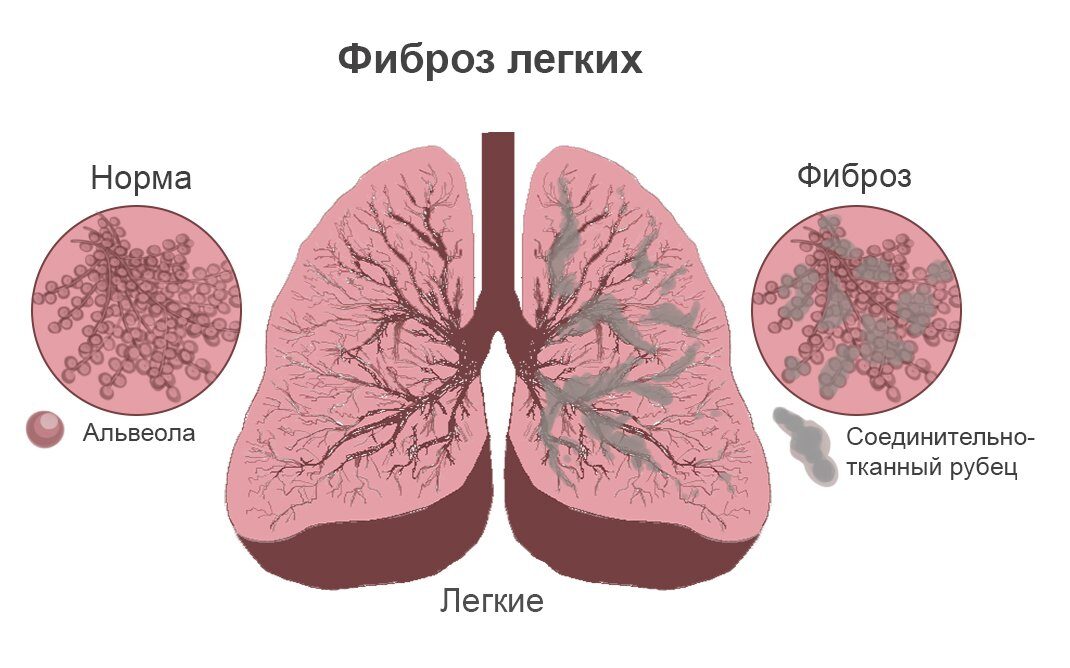 That leads to muscle weakness and fatigue.
That leads to muscle weakness and fatigue.
It affects only the muscles you control voluntarily. It most commonly causes problems in your:
- Eyes
- Arms and legs
- Face and throat
- Neck
The muscle weakness tends to get better after you rest. So symptoms can come and go. But they usually get worse over time.
You can get myasthenia gravis at any age, but it’s more common in women under 40 and men over 60.
Amyotrophic lateral sclerosis (ALS or Lou Gehrig’s Disease) affects your brain and spinal cord. Eventually, it causes you to lose control of your muscles.
You may first notice twitching muscles, weakness in your arms or legs, or slurred speech. Other symptoms include:
- Trouble walking
- Weakness in your legs, feet, or hands
- Muscle cramps
- A hard time swallowing
- Changes in your behavior
- Random laughing, crying, or yawning
There’s no cure for ALS. Over time, it makes you less able to speak, eat, move, and breathe.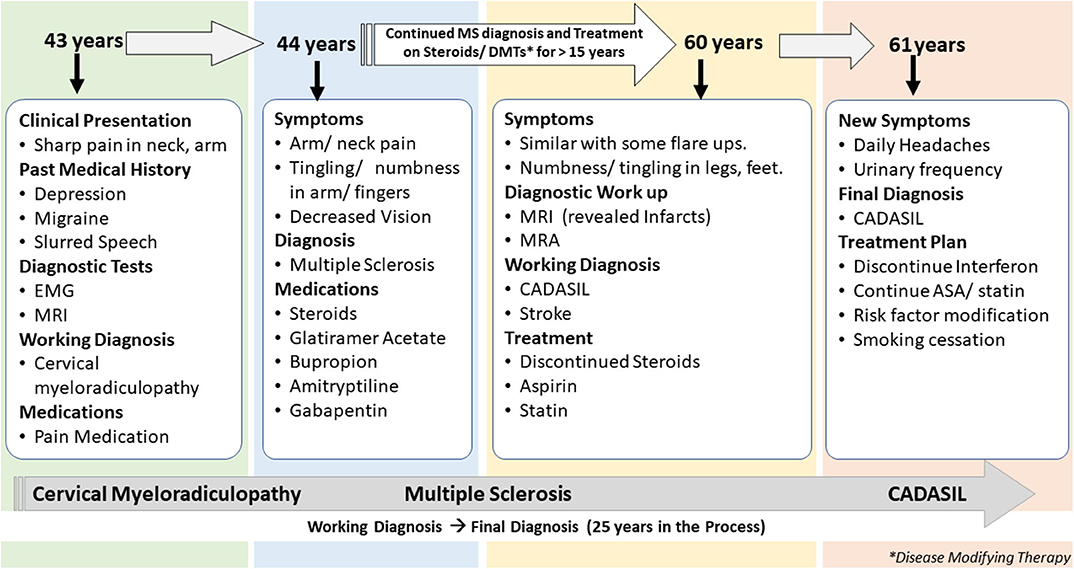
ALS may run in families. It’s most often diagnosed in people ages 40-65.
This immune system disorder attacks your nerves. It may start with tingling or weakness in your arms and legs and spread to your upper body.
You may also have:
- Trouble walking or climbing stairs
- Double vision
- Loss of facial expression
- A hard time eating
- Body aches and cramps
- Bladder and bowel issues
- Fast heart rate
- High or low blood pressure
- Breathing problems
Eventually, it can paralyze your whole body. If you have it, you’ll likely need to spend time in the hospital. There’s no cure, but most people recover. The majority are able to walk after 6 months.
Doctors don’t know what causes Guillain-Barre syndrome. But many people who get it had an infection (such as a respiratory or digestive system infection) a few weeks before.
Acute disseminated encephalomyelitis (ADEM) is a rare brain and nervous system disorder that can follow a viral or bacterial infection (like an upper respiratory infection). Doctors believe it’s an immune reaction to the infection.
Doctors believe it’s an immune reaction to the infection.
Anyone can get it, but it most often affects children. It commonly causes headaches and fever.
Other symptoms may include:
- Weakness in your arms and legs
- Tingling and numbness
- Vision problems
- Loss of balance
- Confusion
- Trouble swallowing
These symptoms tend to come on suddenly. With treatment, most people start to get better in days and are fully recovered within a few months.
Top Picks
Not Found (#404)
Paracelsus Medical Center
Page not found.
The above error occurred while the Web server was processing your request.
Please contact us if you think this is a server error. thank you.
Leave feedback
Write to management
Jobs
Please wait, download may take time
Loading…
You know which doctor you want to book
You know the service you want to book
Service selection
A second consultation is considered to be a consultation of one specialist within 30 days from the date of the previous appointment. On the 31st day from the previous visit to a specialist of this profile, the consultation will be primary.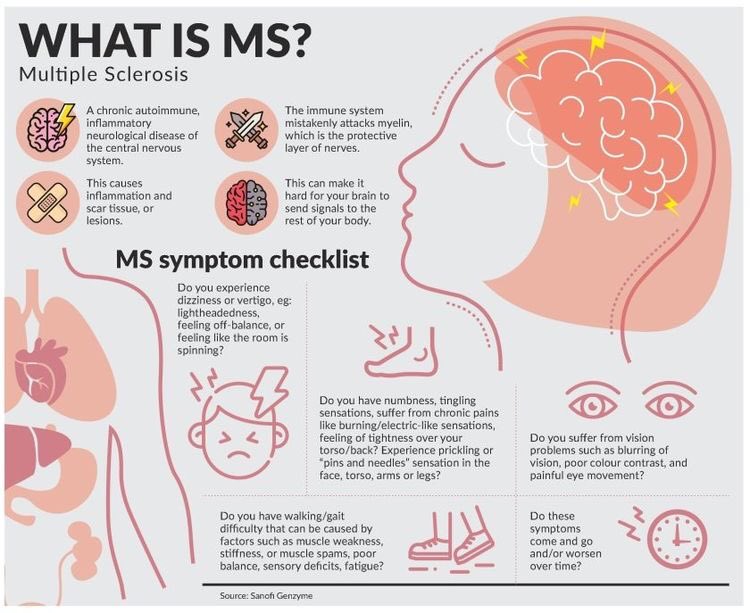
The choice of a specialist
Service selected:
Choosing a specialist service
A second consultation is considered to be a consultation of one specialist within 30 days from the date of the previous appointment. On the 31st day from the previous visit to a specialist of this profile, the consultation will be primary.
Address selection:
st. Vikulova, 33, building 2
st.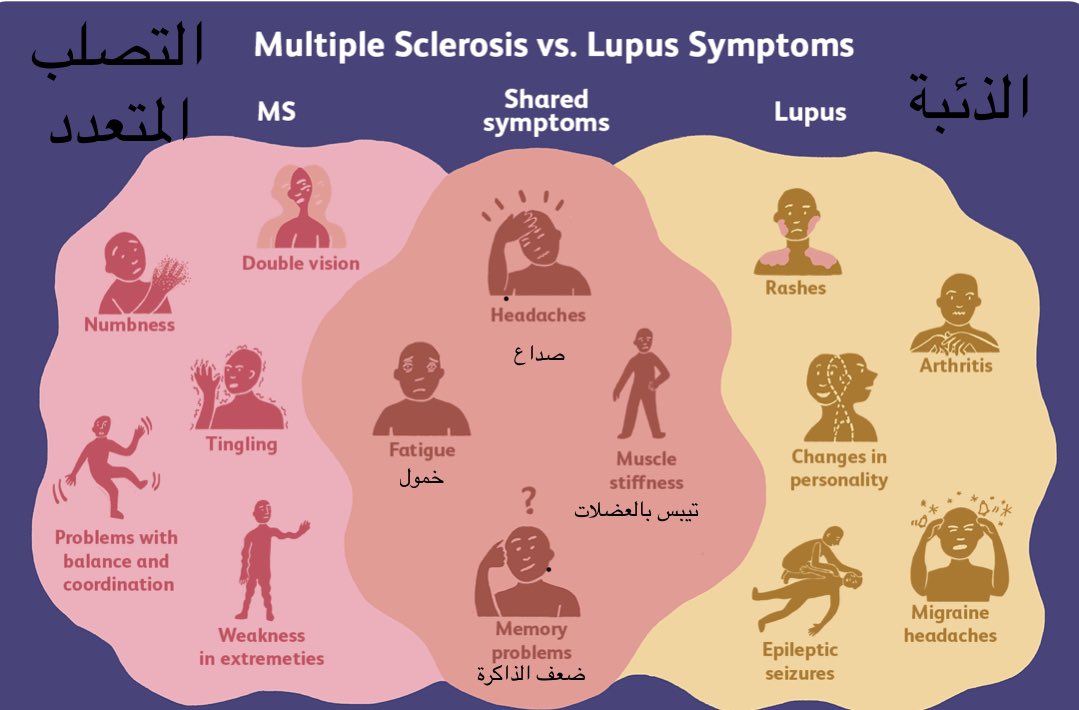 Bolshakova, d. 68
Bolshakova, d. 68
Date selection:
Time of receipt:
Password
Password
Register
Can’t login?
account activation
To gain access to your personal account, enter the e-mail that was specified during registration, we will send instructions for password recovery
To gain access to your personal account, enter the e-mail that was specified during registration, we will send instructions for reactivating your account
Your application has been accepted, our specialists will answer your question as soon as possible!
Telephone
Commentary
By clicking on the confirmation button, I agree with
personal data processing policy
Dear patients!
Multidisciplinary Clinic and Maternity Hospital “Paracelsus” informs you, according to the Letter of the Ministry of Finance of the Russian Federation to the Federal Tax Service dated March 25, 2022. N BS-4-11 / 3605, that subparagraph 3 of paragraph 1 of Article 219 of the Tax Code of the Russian Federation provides for the right of a taxpayer to receive a social tax deduction in the amount paid by him in the tax period for medical services provided by medical organizations engaged in medical activities, to him, his spouse (wife), parents, children (including adopted children) under the age of 18, wards under the age of 18 (in accordance with the list of medical services approved by the Government of the Russian Federation).
N BS-4-11 / 3605, that subparagraph 3 of paragraph 1 of Article 219 of the Tax Code of the Russian Federation provides for the right of a taxpayer to receive a social tax deduction in the amount paid by him in the tax period for medical services provided by medical organizations engaged in medical activities, to him, his spouse (wife), parents, children (including adopted children) under the age of 18, wards under the age of 18 (in accordance with the list of medical services approved by the Government of the Russian Federation).
Joint order of the Ministry of Taxation of Russia and the Ministry of Health of Russia dated July 25, 2001 N 289 / BG-3-04 / 256 (hereinafter – the order of July 25, 2001) approved the form of the Certificate of payment for medical services for submission to the tax authorities of the Russian Federation (hereinafter – Certificate of payment for medical services).
This certificate certifies the fact of receiving a medical service and its payment through the cash desk of a healthcare institution at the expense of the taxpayer.
Thus, if the taxpayer submits to the tax authority a Certificate of payment for medical services, the taxpayer’s failure to submit the relevant contract for the provision of medical services and (or) documents confirming payment cannot be grounds for refusing to provide such a deduction.
The amounts are based on payment data. Therefore, checks, an agreement and a clinic license are not needed to make a deduction.
Sample certificate attached.
Help Sample
Your application has been accepted, our specialists will contact you shortly!
Telephone
Comment
By clicking on the confirmation button, I agree with
personal data processing policy
Deputy Director for Medical Activities of the Multidisciplinary Clinic “Paracelsus”
Makeev Alexander Anatolyevich
Telephone
Comment
By clicking on the confirmation button, I agree with
personal data processing policy
What can be confused with multiple sclerosis?
03/21/2023
The title of the article was suggested to us by a community member in our VKontakte group. We decided to answer this question in detail, a little scientifically, but trying to use understandable language.
We decided to answer this question in detail, a little scientifically, but trying to use understandable language.
Multiple sclerosis is a difficult disease to diagnose. In this article, we will analyze the basic principles of the so-called differential diagnosis – a step-by-step examination to rule out diseases similar to MS.
Other demyelinating diseases
Previously, all demyelinating diseases were multiple sclerosis. However, over time, with the development of diagnostics, other demyelinating diseases of the central nervous system began to be isolated. Currently, in addition to multiple sclerosis, they include: Devic’s neuromyelitis optica, neuromyelitis optica spectrum disease, acute disseminated encephalomyelitis, and recurrent optic neuritis. These diseases are very similar to multiple sclerosis both in their manifestations (impaired functions in humans) and changes in MRI. To make a final diagnosis, additional examinations are required, and sometimes we take a break for diagnostics and observe the patient for some time.
Systemic diseases
This is a group of autoimmune diseases, which, like in multiple sclerosis, are based on a malfunction in the immune system. But unlike multiple sclerosis, when changes are localized exclusively in the brain and spinal cord, immunity in systemic diseases begins to damage various organs: joints, heart, kidneys, including the brain. One of the important links in the development of a systemic disease is vasculitis – an autoimmune inflammation of small vessels. There are small vessels in all organs, including the brain, so small scattered areas of damage can occur in the areas of blood supply to small vessels.
There are many systemic diseases: antiphospholipid syndrome, systemic lupus erythematosus, systemic vasculitis, Sjögren’s syndrome, Behcet’s disease, sarcoidosis, etc. On MRI, lesions in such diseases usually differ from lesions in multiple sclerosis, but at the beginning of the disease, when the changes are mild, implicit, a fairly wide additional examination in the form of blood tests is required, since MRI does not give an unambiguous answer to the nature of the focus ov.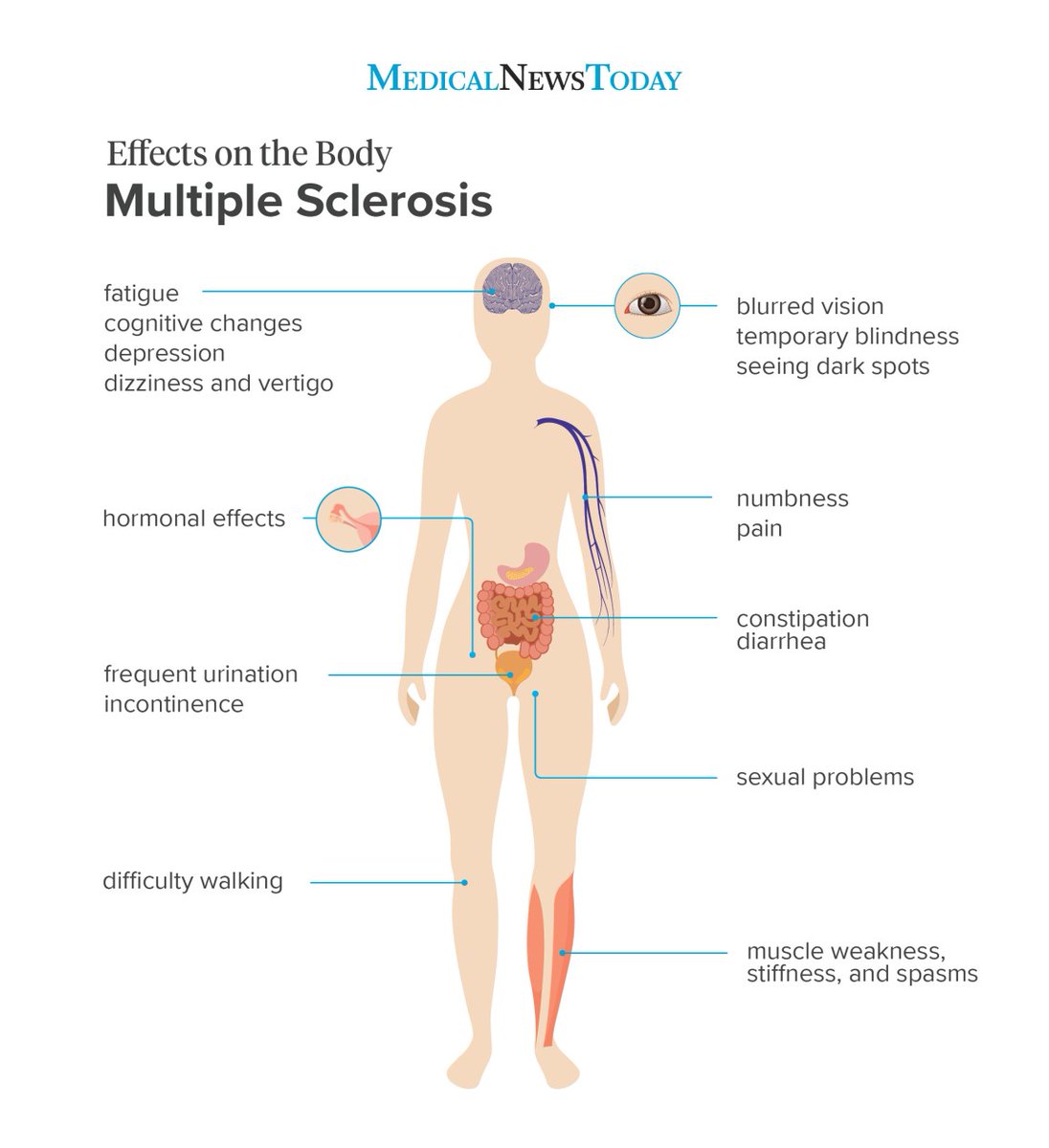 And one more thing: a person can have two diseases at the same time – both systemic and multiple sclerosis. In this case, deep knowledge and experience of the doctor is required to make the correct diagnosis and select therapy.
And one more thing: a person can have two diseases at the same time – both systemic and multiple sclerosis. In this case, deep knowledge and experience of the doctor is required to make the correct diagnosis and select therapy.
Hereditary diseases
Among the genetic diseases there are those similar to multiple sclerosis with onset at a young age, with various dysfunctions and foci on MRI. These include mitochondrial encephalopathy, adrenoleukodystrophy, Leber’s disease, CADASIL syndrome, etc. But still, each of these diseases has unique features that clearly indicate a genetic disease. Sometimes we have to do a genetic test to rule out such diseases.
Infections
Bacteria and viruses can selectively damage the brain and spinal cord, causing infectious encephalitis and myelitis. But an infection is an infection, and such lesions occur with fever and symptoms that clearly indicate an infectious lesion of the central nervous system.
It is much more difficult to distinguish multiple sclerosis from Lyme disease – neuroborreliosis. Borrelia are also bacteria that enter the human body with a tick bite. The peculiarity of borrelia is that they not only directly affect the brain, which forms foci similar to foci in MS, but also that the immune system, fighting with borrelia, begins to produce antibodies to them. But these antibodies can be so special in structure that they can recognize not only Borrelia, but also components of the nervous system and cause an immune response already on these tissues, in particular on the white matter of the brain or spinal cord. Those. in this case, the action of Borrelia will be mediated through a malfunction in the immune system. And in this case, we need to conduct additional examinations, including blood and cerebrospinal fluid tests to distinguish between neuroborreliosis and multiple sclerosis.
The AIDS syndrome may present with what is known as progressive multifocal leukodystrophy (PML).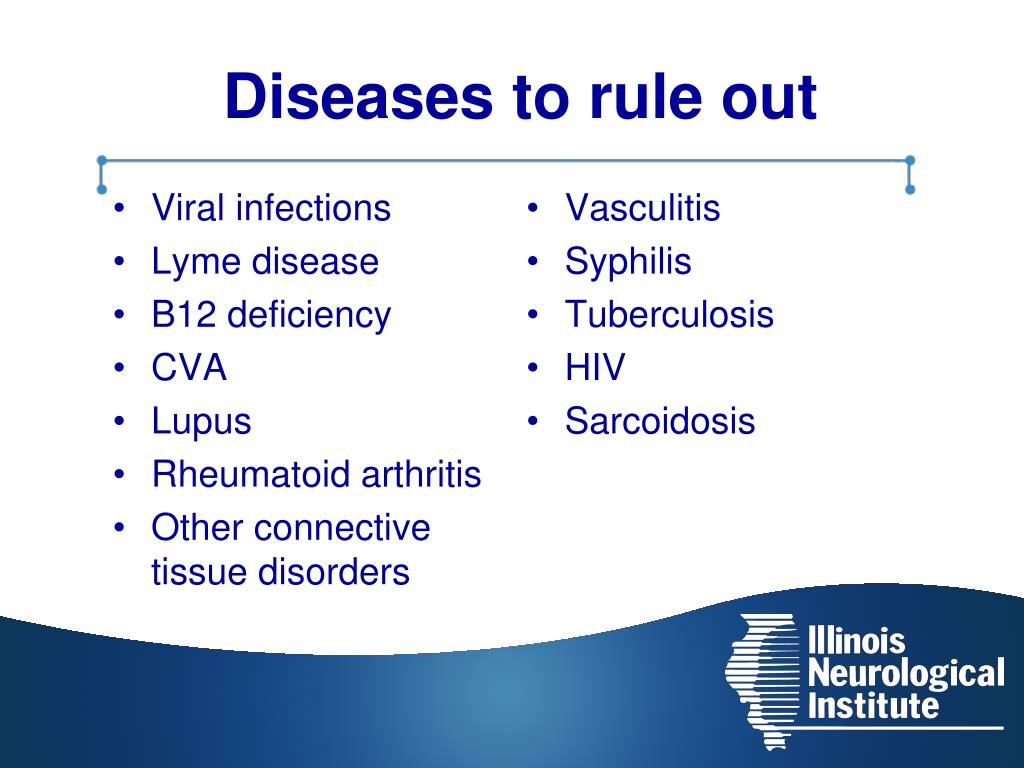 PML develops in people with a long history of HIV infection, when, due to lack of treatment or the nature of the course of the infection, such a decrease in immunity occurs that an infection with another virus, called Jc, develops. This virus begins to rapidly damage the white matter of the brain, often leading to death.
PML develops in people with a long history of HIV infection, when, due to lack of treatment or the nature of the course of the infection, such a decrease in immunity occurs that an infection with another virus, called Jc, develops. This virus begins to rapidly damage the white matter of the brain, often leading to death.
Migraine
The main manifestation of migraine is paroxysmal, often unilateral, throbbing headache. However, pain is often preceded by a complex of manifestations, symptoms, indicated by an aura. Sometimes the aura may be accompanied by decreased vision in one eye, weakness of the limbs, numbness of the arm or leg, dizziness, impaired sense of smell.
As can be seen, both reduced vision in one eye and weakness/numbness of the extremities can be manifestations of multiple sclerosis. The main distinguishing feature is the duration of the symptoms: with a migraine, they last from several minutes to half an hour and must completely disappear, giving way to a headache.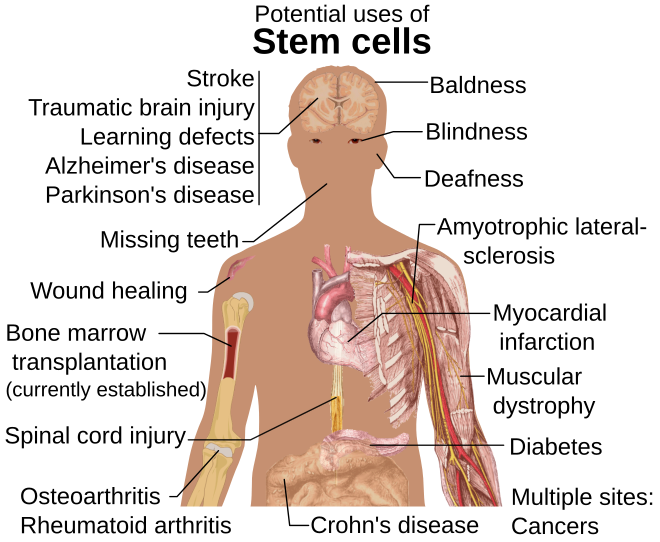
Migraine MRI may show lesions in the brain, but they are completely different from the demyelination lesions seen on imaging in people with MS.
Stroke
Sudden occlusion of a vessel that supplies blood to a part of the brain leads to acutely developing symptoms: unilateral weakness of the limbs, impaired speech, unilateral loss of visual field, and distortion of the face.
However, a stroke is quite easy to distinguish from an exacerbation of multiple sclerosis: in MS, symptoms rarely occur acutely, not within seconds or minutes, as in a stroke, but over hours or days. On MRI of the brain in stroke, a site of cerebral infarction is visible: zones of irreversible damage to nerve cells, while in MS we see scattered foci of inflammatory changes. These changes are quite easy to distinguish from each other.
Tumors
Primary tumors can occur in the brain: astrocytomas, glioblastomas, meningiomas, etc. If manifestations, disturbances in the functioning of the nervous system sometimes resemble exacerbations in multiple sclerosis, then MRI can quite definitely indicate a tumor, confuse it RS is difficult.
If manifestations, disturbances in the functioning of the nervous system sometimes resemble exacerbations in multiple sclerosis, then MRI can quite definitely indicate a tumor, confuse it RS is difficult.
Brain metastases are another matter: there are usually many small foci that accumulate contrast, which may resemble an exacerbation of multiple sclerosis. However, the presence of a primary tumor in the body and certain characteristics on MRI make it possible to reliably distinguish metastases from MS foci.
Finally, lymphoma: this tumor often resembles multiple sclerosis and affects the lymphatic system of the brain and spinal cord. It often takes a lot of effort to rule out lymphoma.
Thus, a specialist in multiple sclerosis needs knowledge, a correct interpretation of the picture of the disease, so as not to prescribe excessive tests, but to perform the necessary range of examinations to exclude similar diseases and make the correct diagnosis: do not get confused in the symptoms and not “confuse multiple sclerosis with something else.